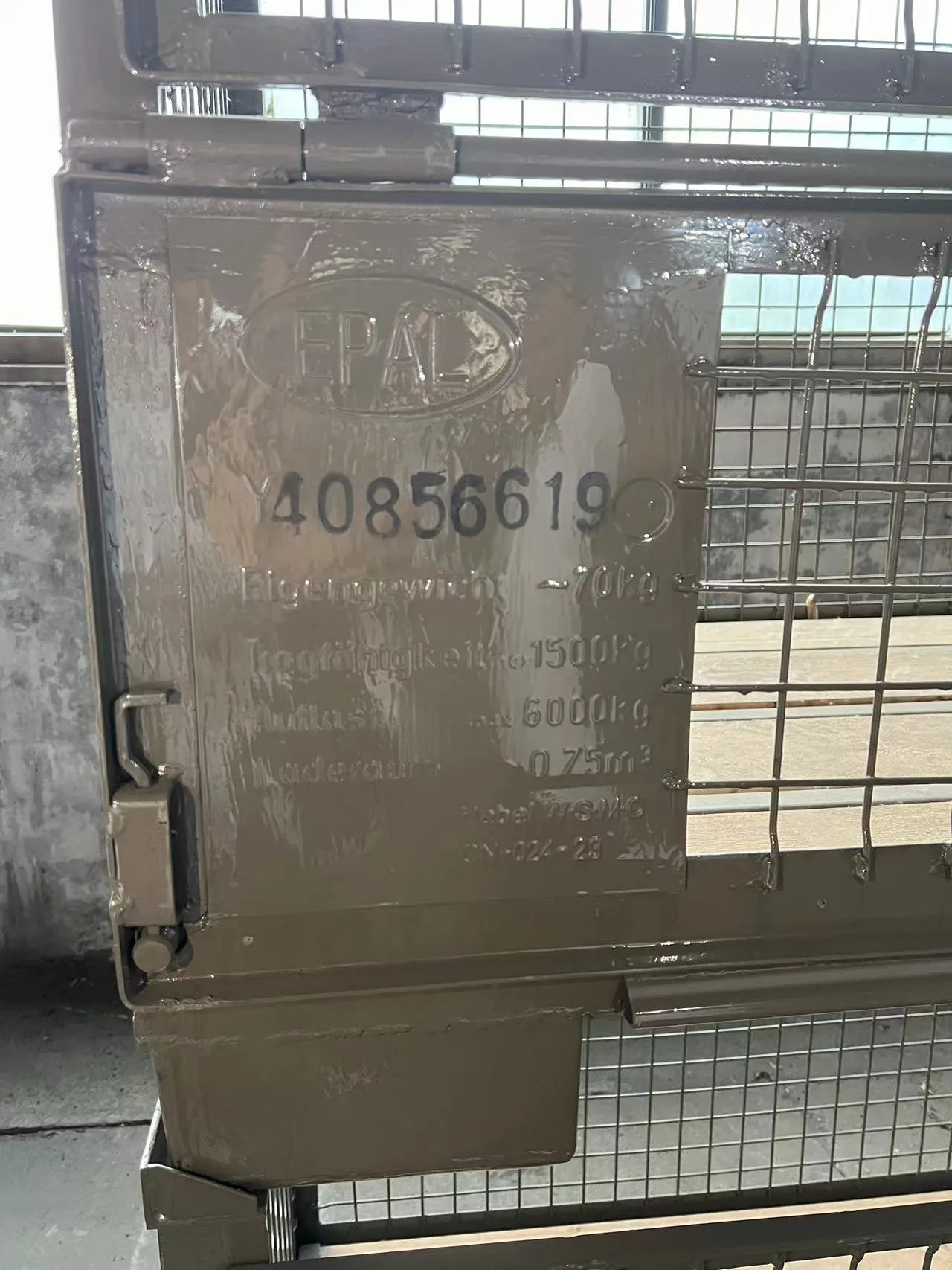gate valve sizing
Gate Valve Sizing A Comprehensive Guide
Gate valves are essential components in various piping systems, primarily used for on/off control of fluid flow. Their ability to provide minimal pressure drop and excellent sealing when fully open makes them a preferred choice in many applications. However, selecting the right size for a gate valve is crucial for ensuring optimal performance and efficiency. In this article, we will explore the factors involved in gate valve sizing, methods for calculating the appropriate size, and common considerations in the selection process.
Understanding Gate Valve Sizing
The size of a gate valve is typically defined by its nominal diameter (DN) and pressure class. The nominal diameter refers to the internal diameter of the valve and is critical for matching it with the piping system. Proper sizing helps to minimize flow restriction and potential losses in pressure, ensuring that the system operates efficiently. An undersized valve can lead to increased pressure drops and reduced flow capacity, while an oversized valve can create issues with flow control, leading to turbulence and inefficiencies.
Key Factors to Consider
When sizing a gate valve, several factors must be taken into account
1. Flow Rate The required flow rate of the fluid through the system is one of the primary factors. This can be expressed in gallons per minute (GPM), liters per second (L/s), or cubic meters per hour (m³/h). Understanding the expected flow rate will help in determining the appropriate valve size.
2. Pipe Size and Type The existing piping system will dictate certain sizing aspects. A gate valve should generally match the nominal size of the pipeline in which it is installed to ensure proper flow characteristics.
3. Fluid Properties The characteristics of the fluid being controlled, such as viscosity, temperature, and pressure, will affect the valve's performance. Different fluids have unique flow behaviors, so it’s essential to consider these properties during sizing.
gate valve sizing

4. Pressure Drop A proper calculation of the allowable pressure drop across the gate valve is fundamental. Excessive pressure drop can lead to flow difficulties and reduced efficiency.
5. System Configuration The overall system layout, including bends, fittings, and other valves, may impact the selection and sizing of gate valves. Designer should consider all components to optimize the flow.
Sizing Methodology
The sizing process typically involves the use of flow formulas and empirical data to determine the valve diameter. One common method is the application of the Darcy-Weisbach equation or Hazen-Williams equation for calculating pressure losses in fluid systems.
1. Calculate Flow Rate (Q) Determine the required flow rate for the application. 2. Determine Valve Flow Coefficient (Cv) The flow coefficient reflects the valve's ability to pass fluid. It is crucial for ensuring that the selected valve can accommodate the flow without creating excessive pressure loss. 3. Use Sizing Charts or Software Many manufacturers offer sizing tools or charts that warehouse the required flow coefficients and pressure class ratings.
Common Mistakes in Sizing
1. Ignoring Fluid Dynamics Neglecting the influence of fluid dynamics can lead to the selection of an inappropriate valve size, causing inefficient operation. 2. Overlooking Future Needs Failing to consider possible changes or expansions in a system can result in having to replace valves sooner than anticipated. 3. Not Consulting Manufacturer Data Always refer to the manufacturer's specifications and sizing data, as different valve designs may have varying performance characteristics.
Conclusion
Proper gate valve sizing plays an integral role in ensuring the efficiency and effectiveness of fluid control systems. By considering factors such as flow rate, pipe size, fluid characteristics, and pressure drop, engineers can make informed decisions that enhance system performance. By using accurate methodology and avoiding common mistakes, one can achieve optimal sizing that balances functionality, efficiency, and cost-effectiveness in fluid management applications. Whether you're designing a new system or updating an existing one, taking the time to properly size your gate valves is a step toward long-lasting reliability and efficiency.
-
The Smarter Choice for Pedestrian AreasNewsJun.30,2025
-
The Gold Standard in Round Drain CoversNewsJun.30,2025
-
The Gold Standard in Manhole Cover SystemsNewsJun.30,2025
-
Superior Drainage Solutions with Premium Gully GratesNewsJun.30,2025
-
Superior Drainage Solutions for Global InfrastructureNewsJun.30,2025
-
Square Manhole Solutions for Modern InfrastructureNewsJun.30,2025
-
Premium Manhole Covers for Modern InfrastructureNewsJun.30,2025
